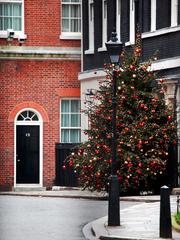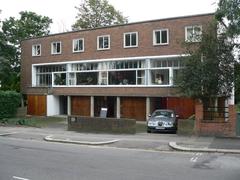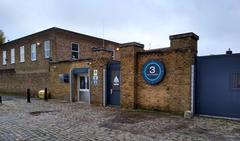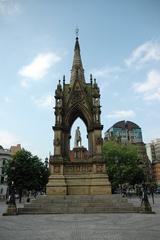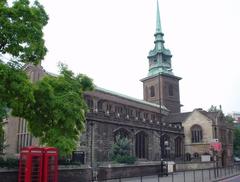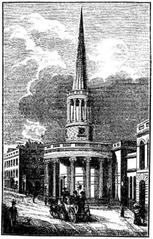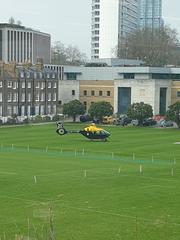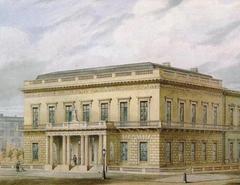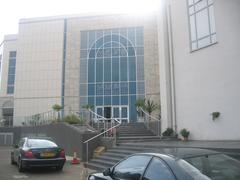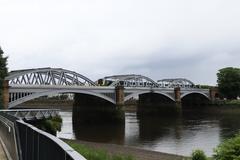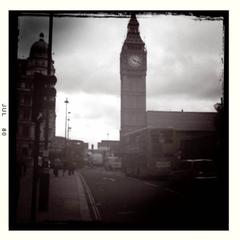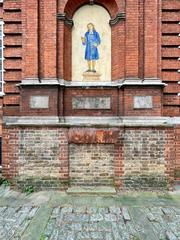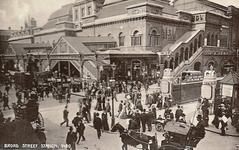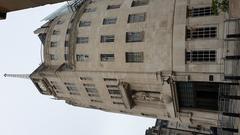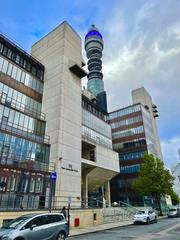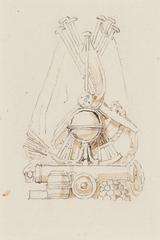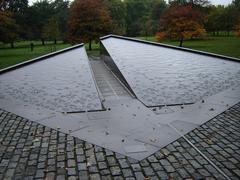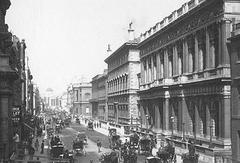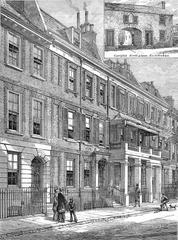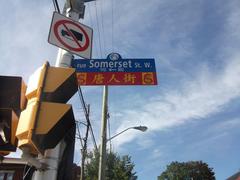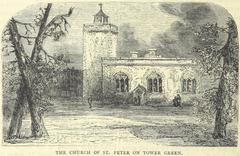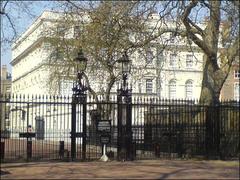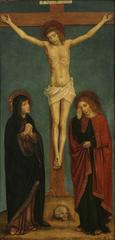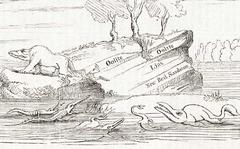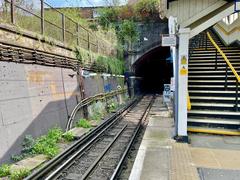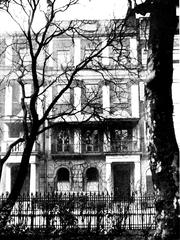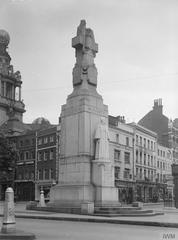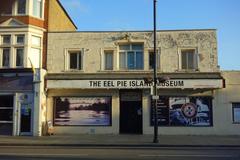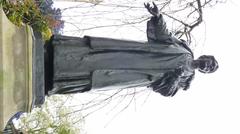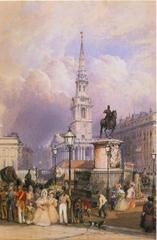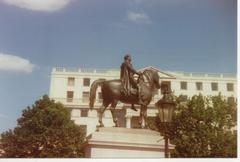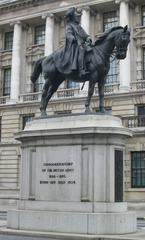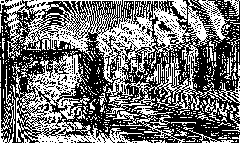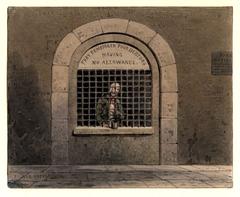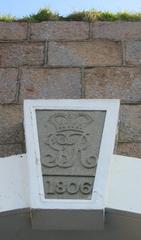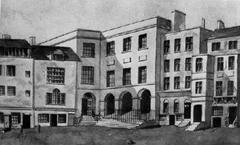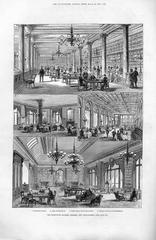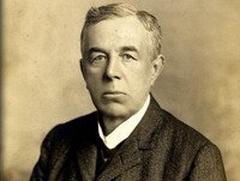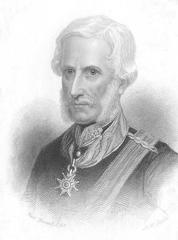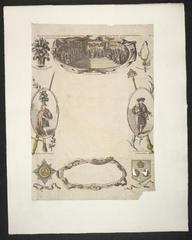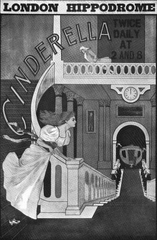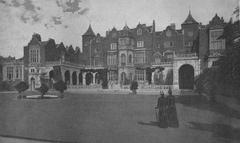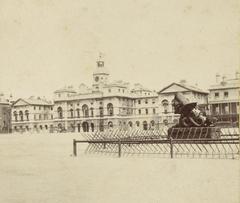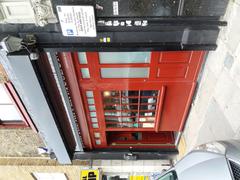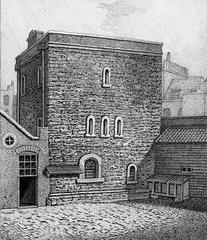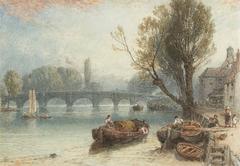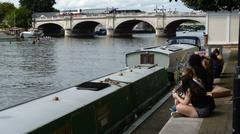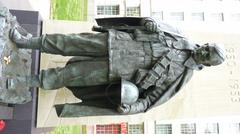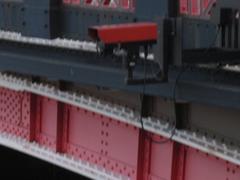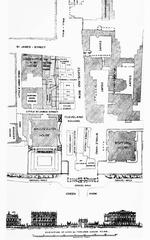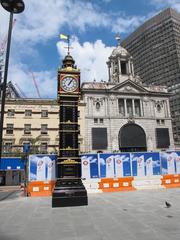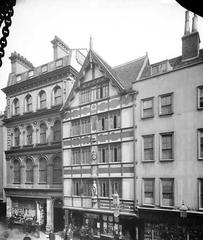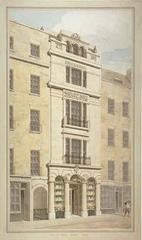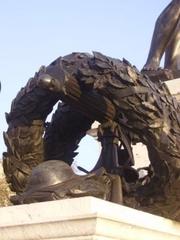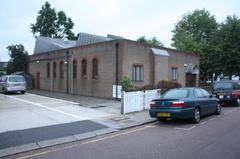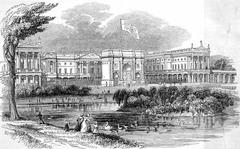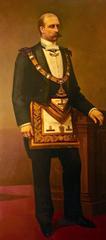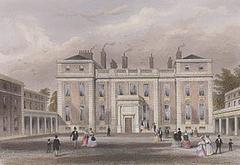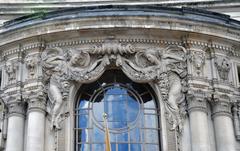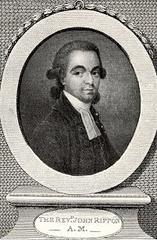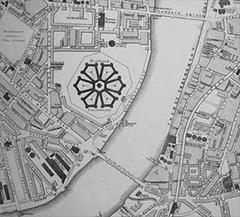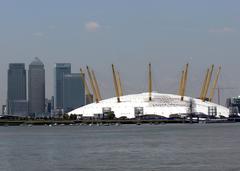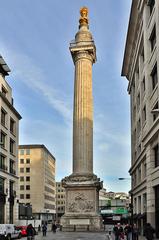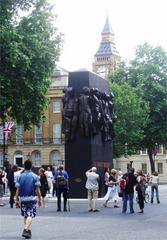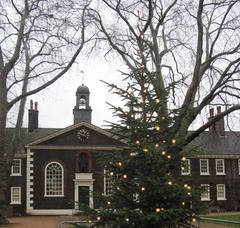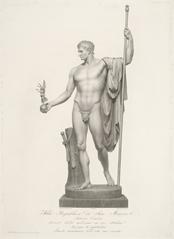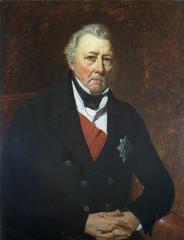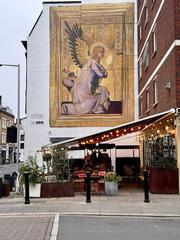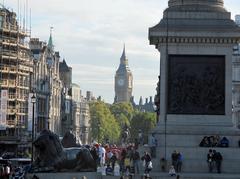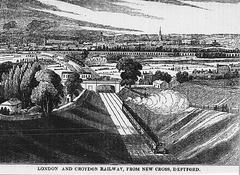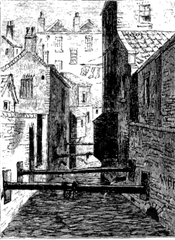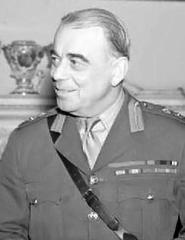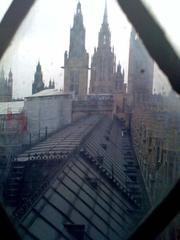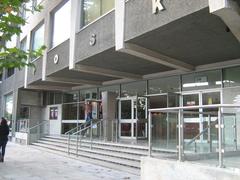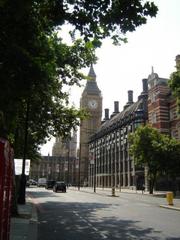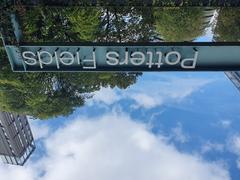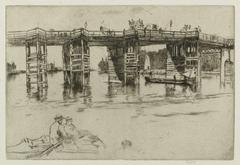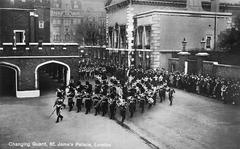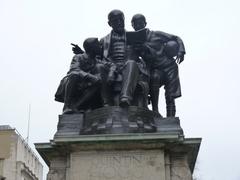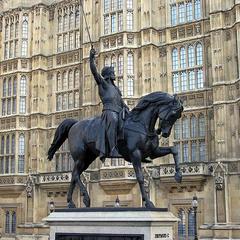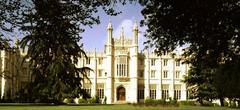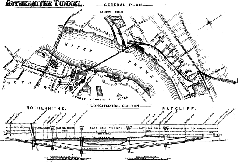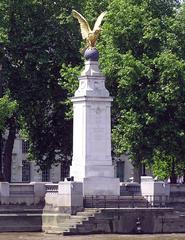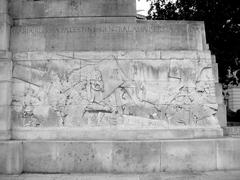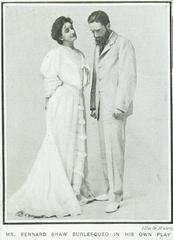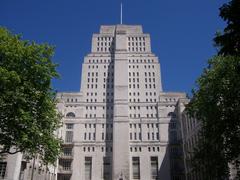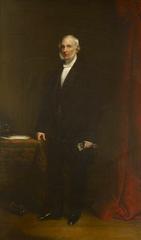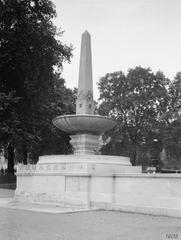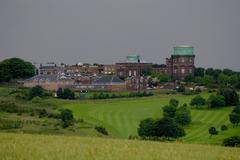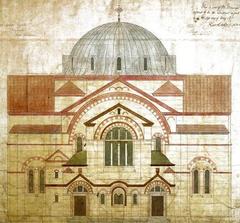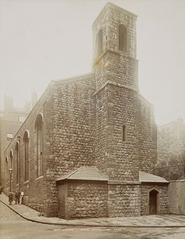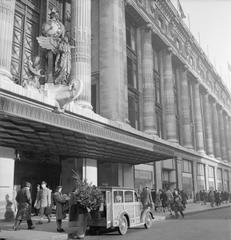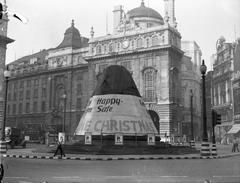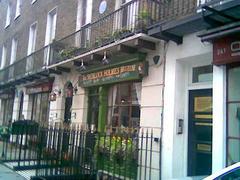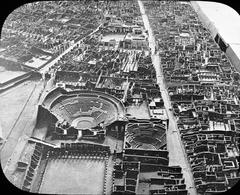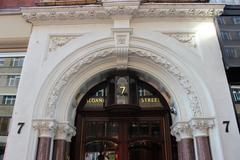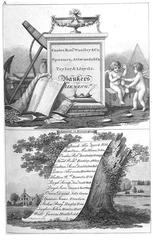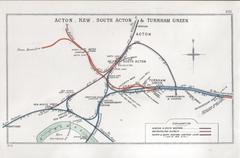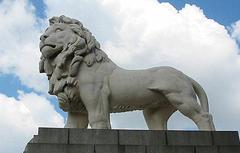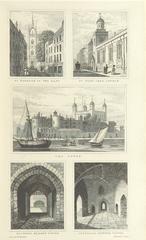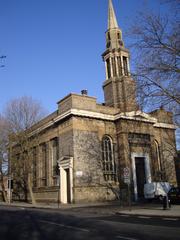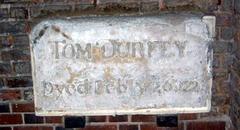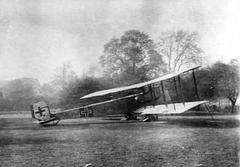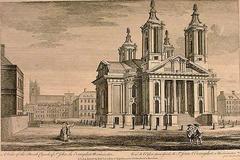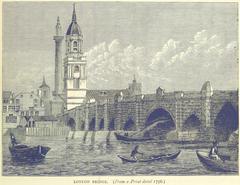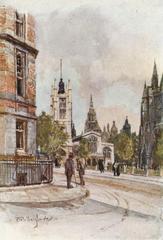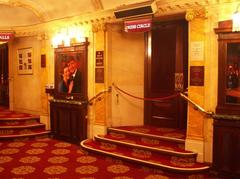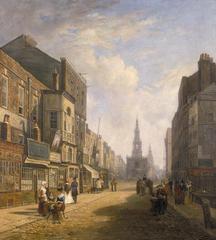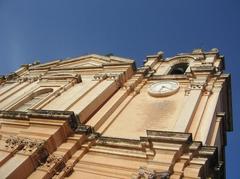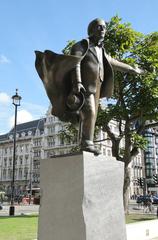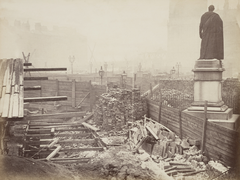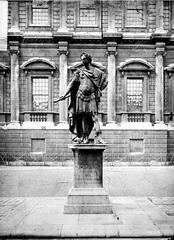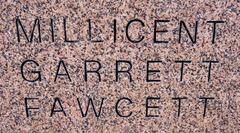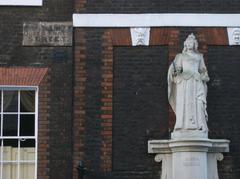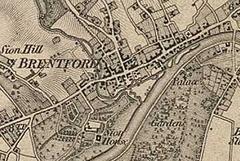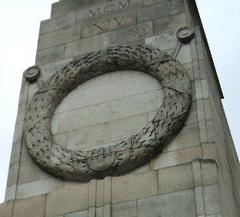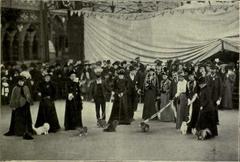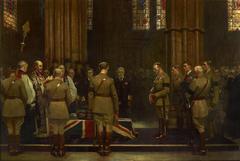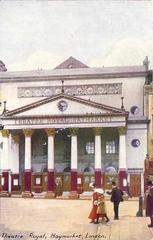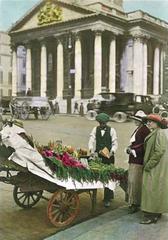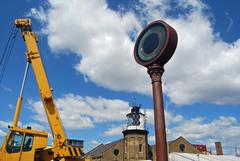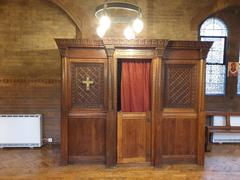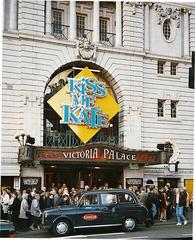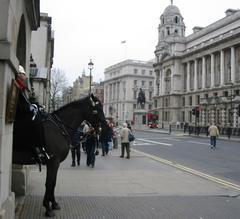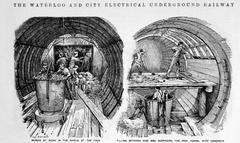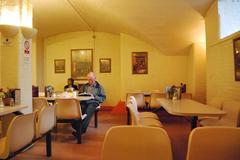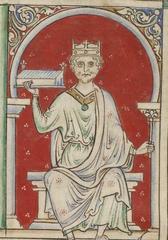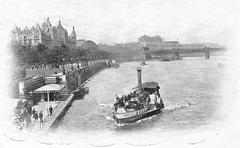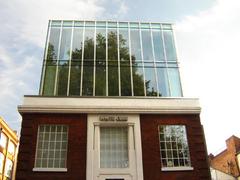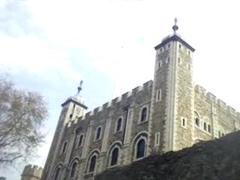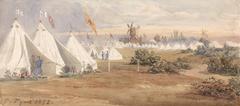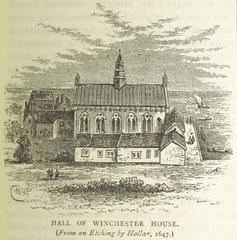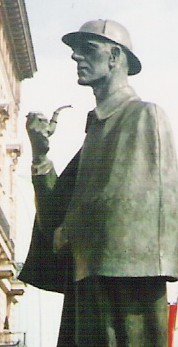
Comprehensive Guide to Visiting the Statue of Sherlock Holmes, London, United Kingdom
Published Date: 22/07/2024
Introduction
Discover the fascinating world of Sherlock Holmes at one of London’s most iconic landmarks – the Statue of Sherlock Holmes. Located near Baker Street, this statue is a tribute to Sir Arthur Conan Doyle’s legendary detective, who has captivated readers and audiences worldwide since his debut in 1887. The statue was commissioned by the Sherlock Holmes Society of London and the Westminster City Council and unveiled in 1999. Standing at 9 feet tall, the bronze statue, sculpted by John Doubleday, captures Holmes in his signature thoughtful pose, complete with a deerstalker hat and pipe (Sherlock Holmes Society of London).
This guide provides a comprehensive overview of the statue’s history, cultural significance, and practical visitor information. Whether you are a dedicated fan of the detective genre or a casual tourist exploring London’s historical sites, this statue is a must-visit. The enduring legacy of Sherlock Holmes is not just confined to literary history; it extends to modern media, educational programs, and cultural events that continue to celebrate this timeless character (BBC News, British Library).
Table of Contents
- Introduction
- History of the Statue
- Visitor Information
- Cultural Significance
- Influence on Modern Media
- Educational Value
- Conclusion
History of the Statue
Origins and Commissioning
The Statue of Sherlock Holmes in London is a tribute to one of the most iconic fictional detectives in literary history. The statue was commissioned by the Sherlock Holmes Society of London and the Westminster City Council to commemorate the enduring legacy of Sir Arthur Conan Doyle’s creation. The idea for the statue was first proposed in the late 1980s, but it wasn’t until 1999 that the project gained significant momentum. The statue was unveiled on September 23, 1999, marking a significant moment for fans of the detective worldwide (Sherlock Holmes Society of London).
Sculptor and Design
The statue was sculpted by John Doubleday, a renowned British artist known for his public sculptures. Doubleday’s design captures Sherlock Holmes in a thoughtful pose, with his signature deerstalker hat and Inverness cape, holding a pipe. The statue stands at 9 feet tall and is made of bronze, a material chosen for its durability and historical significance. The attention to detail in the sculpture reflects Doubleday’s dedication to accurately portraying the character as described in Conan Doyle’s stories (John Doubleday).
Location and Unveiling
The statue is strategically located near Baker Street Station, at the intersection of Marylebone Road and Baker Street. This location is significant as Baker Street is famously associated with Sherlock Holmes’ fictional residence at 221B Baker Street. The unveiling ceremony was attended by various dignitaries, including representatives from the Sherlock Holmes Society of London and the Westminster City Council. The event attracted a large crowd of fans and media, highlighting the global appeal of Sherlock Holmes (BBC News).
Historical Context
The late 19th and early 20th centuries, when Sir Arthur Conan Doyle wrote the Sherlock Holmes stories, were a period of significant social and technological change in London. The character of Sherlock Holmes, with his keen powers of observation and logical reasoning, embodied the spirit of the age. The stories often featured contemporary issues such as crime, science, and the burgeoning field of forensic investigation. The statue serves as a reminder of this historical context and the impact of Conan Doyle’s work on popular culture (British Library).
Visitor Information
Opening Hours and Tickets
The statue is accessible 24/7. No tickets are required to visit the statue itself, but nearby attractions like the Sherlock Holmes Museum may have their own ticketing and opening hours.
How to Get There
Located near Baker Street Station, the statue is easily accessible by public transportation. The nearest Underground lines are the Bakerloo, Circle, Hammersmith & City, and Jubilee lines. For those traveling by bus, several routes stop nearby.
Nearby Attractions
Explore other historical sites in London, including:
- Sherlock Holmes Museum: Located at 221B Baker Street, this museum is dedicated to the life and times of Sherlock Holmes. It is a must-visit for fans of the detective. More information can be found on their official website.
- Madame Tussauds London: Just a short walk from the statue, this world-famous wax museum features lifelike figures of celebrities, historical figures, and fictional characters. Visit their website for ticket information.
- Regent’s Park: One of London’s Royal Parks, Regent’s Park offers beautiful gardens, boating lakes, and the London Zoo. It’s a great place to relax after visiting the statue.
Cultural Significance
Sherlock Holmes is not just a literary figure; he has become a cultural icon. The character has been adapted into numerous films, television series, and stage productions, making him one of the most portrayed characters in the history of fiction. The statue in London serves as a pilgrimage site for fans from around the world, symbolizing the global reach of Conan Doyle’s creation. It also reflects the character’s influence on the detective genre and popular culture at large (The Guardian).
Preservation and Maintenance
Maintaining a public statue, especially one as popular as Sherlock Holmes, requires ongoing efforts. The Westminster City Council is responsible for the statue’s upkeep, ensuring it remains in good condition for future generations. Regular cleaning and inspections are conducted to prevent damage from weather and pollution. In 2019, the statue underwent a significant restoration to address wear and tear, reaffirming the commitment to preserving this cultural landmark (Westminster City Council).
Public Reception and Impact
Since its unveiling, the statue has received widespread acclaim from both fans and critics. It has become a popular tourist attraction, drawing thousands of visitors each year. The statue’s presence has also boosted local businesses, particularly those themed around Sherlock Holmes. Nearby attractions, such as the Sherlock Holmes Museum and various themed shops, benefit from the increased foot traffic. The statue has also inspired various cultural events, including guided tours and literary festivals, further cementing its place in London’s cultural landscape (Visit London).
Commemorative Events
Over the years, the statue has been the focal point of numerous commemorative events. These include annual celebrations on Sherlock Holmes’ fictional birthday, January 6, and special events marking significant anniversaries of Conan Doyle’s works. These gatherings often feature reenactments, readings, and discussions, attracting fans and scholars alike. The statue serves as a central meeting point for these activities, reinforcing its role as a cultural and historical landmark (Sherlock Holmes Society of London).
Influence on Modern Media
The statue’s significance extends beyond its physical presence; it also symbolizes the enduring legacy of Sherlock Holmes in modern media. The character continues to inspire new adaptations and interpretations, from the BBC’s “Sherlock” series starring Benedict Cumberbatch to the “Sherlock Holmes” films featuring Robert Downey Jr. These modern renditions have introduced Sherlock Holmes to new generations, ensuring that the character remains relevant in contemporary culture. The statue stands as a testament to this ongoing influence (BBC).
Educational Value
The statue also serves an educational purpose, providing a tangible connection to literary history for students and scholars. It is often included in educational tours and programs focused on British literature and history. The statue’s presence encourages exploration of Conan Doyle’s works and the historical context in which they were written. This educational aspect adds another layer of significance to the statue, making it a valuable resource for learning and inspiration (British Museum).
Conclusion
The Statue of Sherlock Holmes in London stands as a testament to the enduring legacy of Sir Arthur Conan Doyle’s creation. From its commissioning and detailed design by John Doubleday to its significant cultural impact, the statue encapsulates the essence of Sherlock Holmes. It serves as a beacon for fans globally, symbolizing the detective’s influence on literature, media, and popular culture. The statue not only attracts thousands of visitors annually but also boosts local businesses and fosters a sense of community through various commemorative events and tours (Visit London, The Guardian).
Furthermore, the statue’s educational value cannot be overstated. It provides a tangible connection to Victorian London and the historical context of Conan Doyle’s stories, making it a valuable resource for students and scholars alike (British Museum). As the fascination with Sherlock Holmes continues to grow, the statue remains a focal point for both fans and academics, ensuring that the legacy of the great detective will endure for generations to come.
References
- Sherlock Holmes Society of London. https://www.sherlock-holmes.org.uk
- John Doubleday. https://www.johndoubleday.com
- BBC News. http://news.bbc.co.uk
- British Library. https://www.bl.uk
- The Guardian. https://www.theguardian.com
- Westminster City Council. https://www.westminster.gov.uk
- Visit London. https://www.visitlondon.com
- British Museum. https://www.britishmuseum.org


